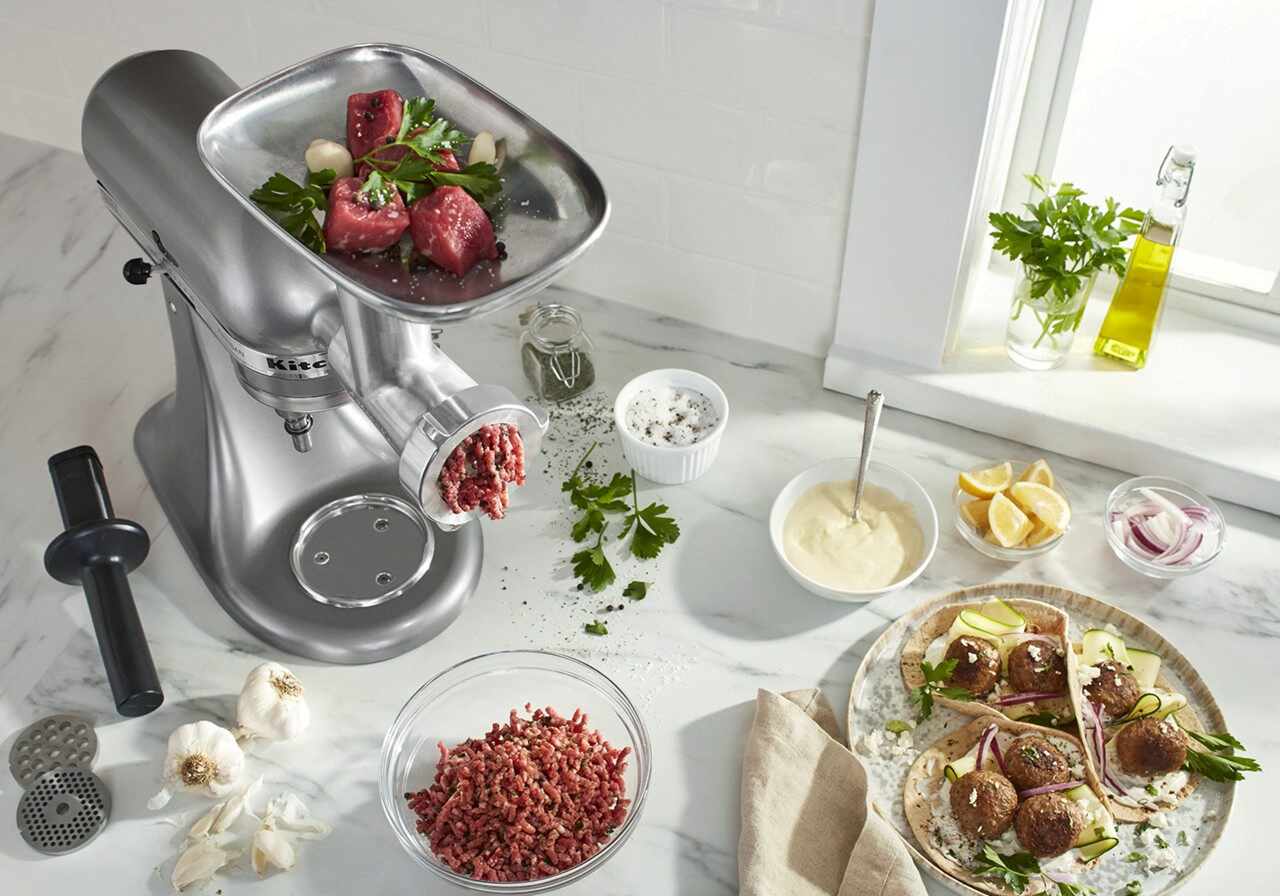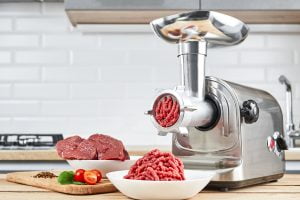
I have spent the last 15yrs owning and operating a meat packing plant and I wrote this article during that time. We were inspected bi-weekly and audited yearly by OMAFRA (Ontario Ministry of Agriculture, Food & Rural Affairs) for food safety. We had regular CFIA (Canadian Food Inspection Agency) Audits regarding our facilities & products as well. This article may include links to affiliate programs which may include remuneration for sales.
When it comes to food safety, home cooks play a crucial role in safeguarding the well-being of their families. Among various food preparation techniques, meat grinding at home has become increasingly popular, thanks to the convenience and control it offers over the quality and composition of ground meat. However, ensuring food safety during home meat grinding requires careful attention to detail and adherence to recommended practices. In this article, we explore the importance of proper meat grinding techniques for home users, drawing insights from authoritative sources such as the Canadian Food Inspection Agency (CFIA).
Understanding Home Meat Grinding
Many home cooks utilize smaller equipment, such as KitchenAid meat grinding attachments, to grind meat in the comfort of their kitchens. While these appliances offer convenience and versatility, they also pose unique challenges in maintaining hygiene and preventing contamination compared to commercial-grade equipment.

Amazon Canada and Amazon United states are great places to look for KitchenAid meat grinding attachments. They have a wide selection of products available, look for the style you need. I recommend a metal unit, it should come with at least 2 blades, 4 grinding plates, & 3 sausage stuffing tubes. They will also have a push rod for putting the meat into the grinder.
There are sturdier single use grinding units available, although they are considerably more expensive. Unless you grind a large amount of meat you will not get your value out of them. I do not suggest grinders that are hand driven, nor grinders where the cases are made of plastics. They tend to break under the strain. If you are interested in more robust meat grinders check local kitchen supply stores or follow these Amazon links to more robust units on the Canadian Site, or the United States site.
Potential Hazards
Similar to commercial settings, home meat grinding carries the risk of bacterial contamination, including pathogens like E. coli, Salmonella, and Listeria monocytogenes. Factors such as improper handling, inadequate cleaning, and cross-contamination can contribute to the proliferation of harmful bacteria, potentially leading to foodborne illnesses.
Guidelines for Safe Home Meat Grinding
- Equipment Preparation: Before using any meat grinding equipment, ensure that it is clean and sanitized. Disassemble the grinder, wash all components with hot, soapy water, and rinse thoroughly. Allow the equipment to air dry or use clean towels to dry completely before use.
- Chill the Meat: Keep the meat cold throughout the grinding process to inhibit bacterial growth. Cut the meat into small chunks and place them in the refrigerator or freezer for at least 30 minutes before grinding. If using your freezer ensure the meat does not freeze as it could destroy your grinder. Cold meat is not only safer but also grinds more efficiently.
- Avoid Cross-Contamination: Prevent cross-contamination by keeping raw meat separate from other foods and utensils. Use dedicated cutting boards, knives, and plates for handling raw meat, and wash them thoroughly with hot, soapy water after each use. Additionally, avoid touching other surfaces or ingredients while handling raw meat.
- Grind in Batches: When grinding meat at home, work in small batches to maintain control over the process and ensure thorough grinding. Overloading the grinder can strain the equipment and compromise the quality of the ground meat. Take breaks between batches to clean and sanitize the equipment if necessary.
- Proper Storage: Store ground meat promptly in the refrigerator or freezer to minimize the risk of bacterial growth. Use airtight containers or resealable bags to prevent cross-contamination and extend the shelf life of the ground meat. Consume or freeze ground meat within two days of grinding for optimal freshness and safety.
Conclusion
Home meat grinding can be a rewarding and safe culinary practice when approached with diligence and care. By following recommended guidelines and incorporating proper hygiene practices into the meat grinding process, home cooks can minimize the risk of contamination and ensure the safety of their homemade ground meat products. Ultimately, a commitment to food safety not only protects against foodborne illnesses but also promotes the enjoyment of delicious and wholesome meals prepared at home.
References:
- Canadian Food Inspection Agency (CFIA). “Food Safety: It’s Your Responsibility.”
- CFIA. “Safe Food Handling for Home Cooks.”
- U.S. Department of Agriculture (USDA). “Food Safety Education: Safe Food Handling.”



